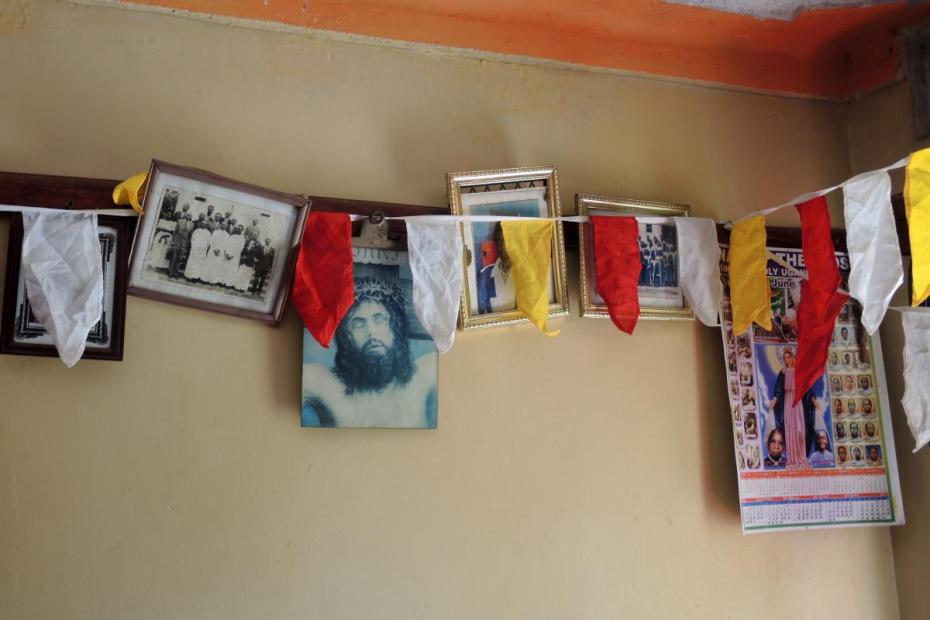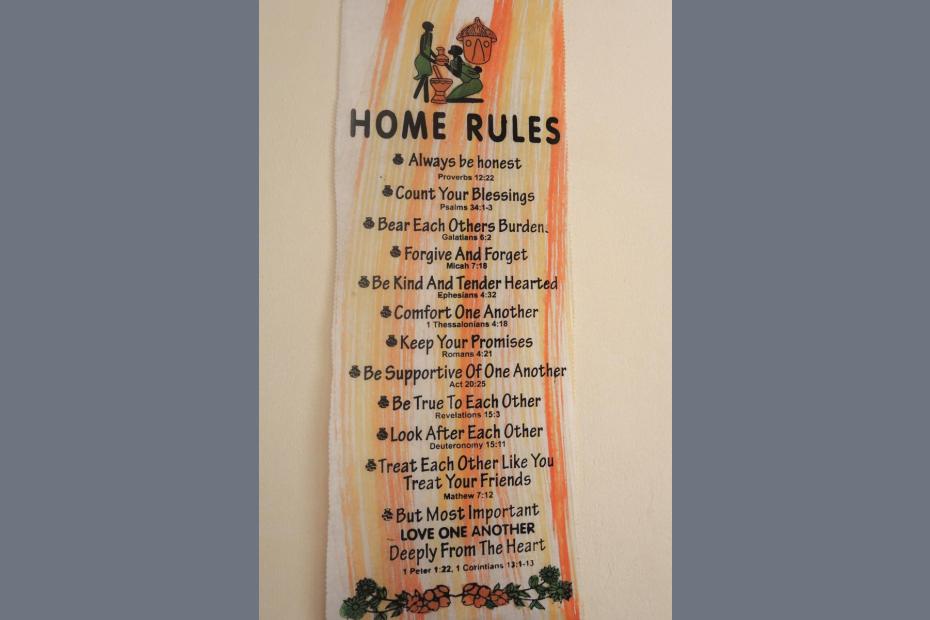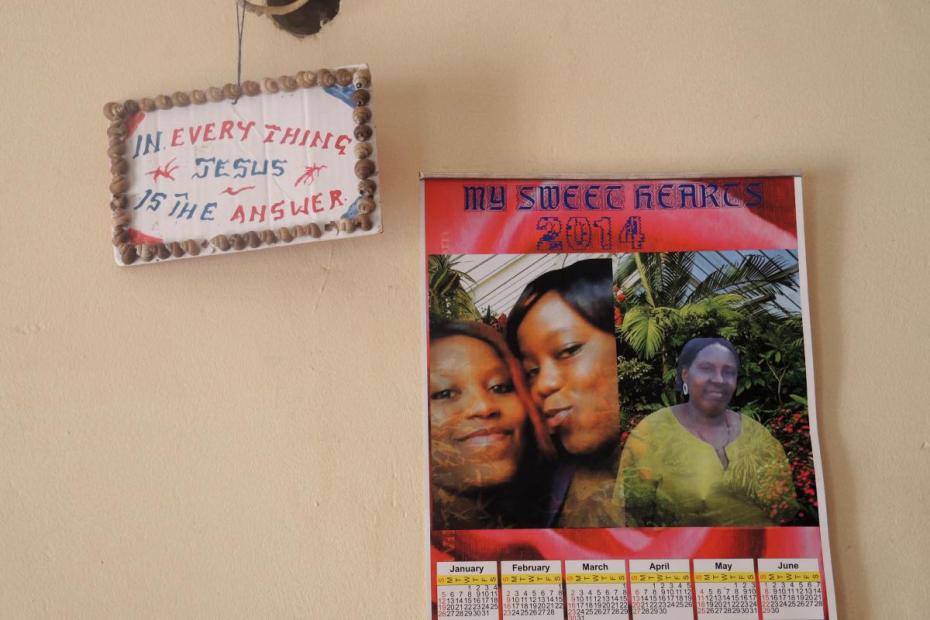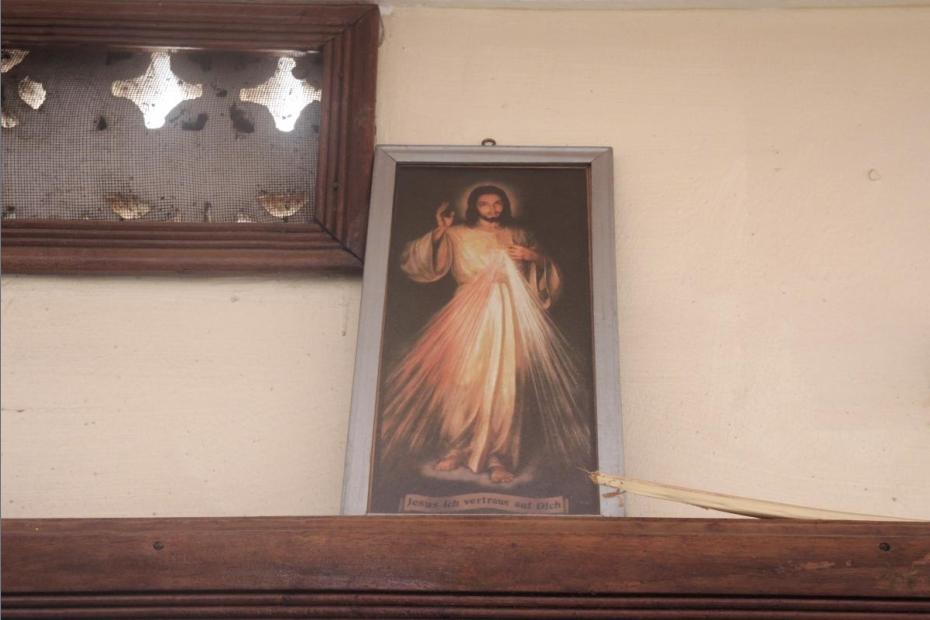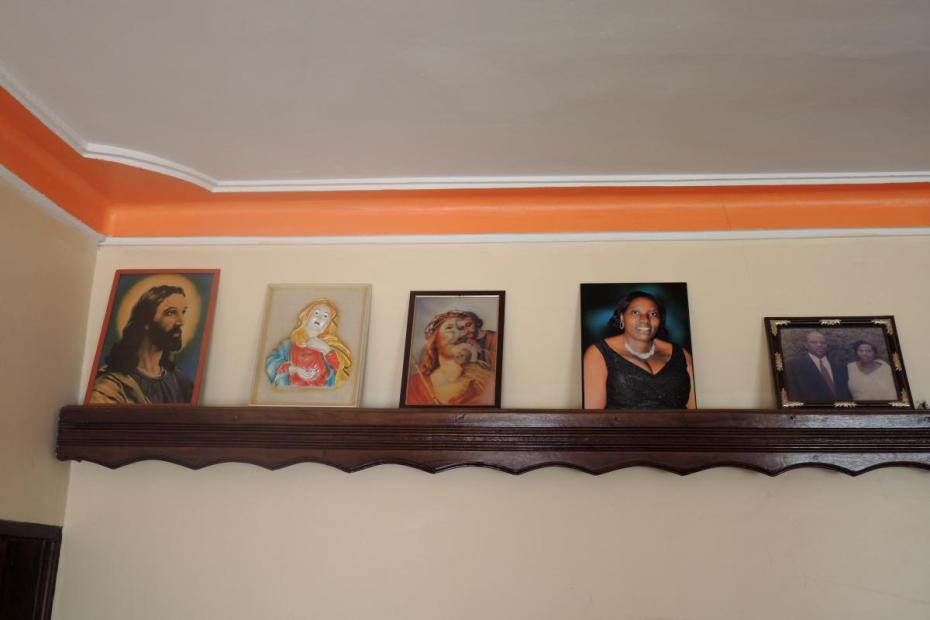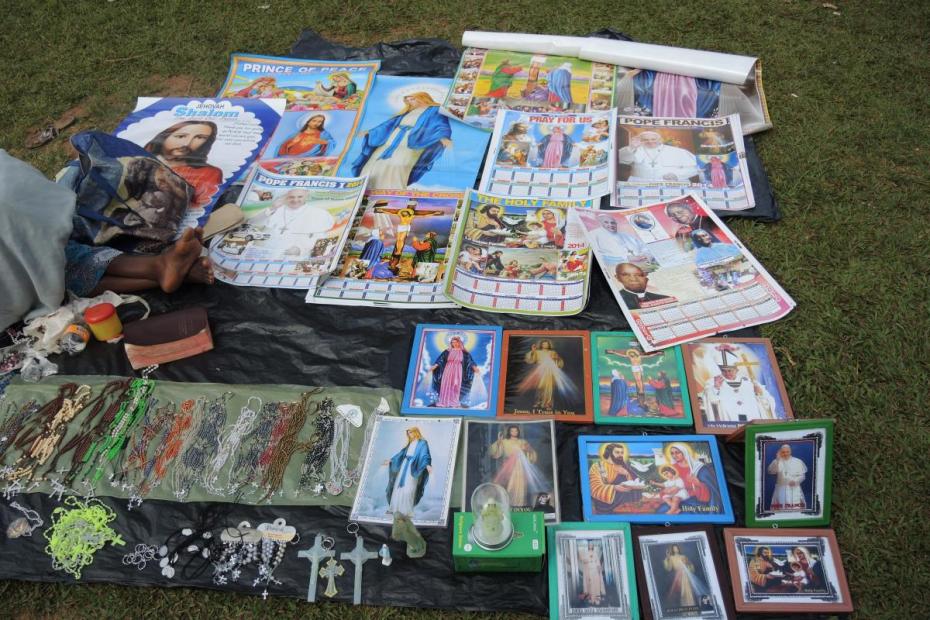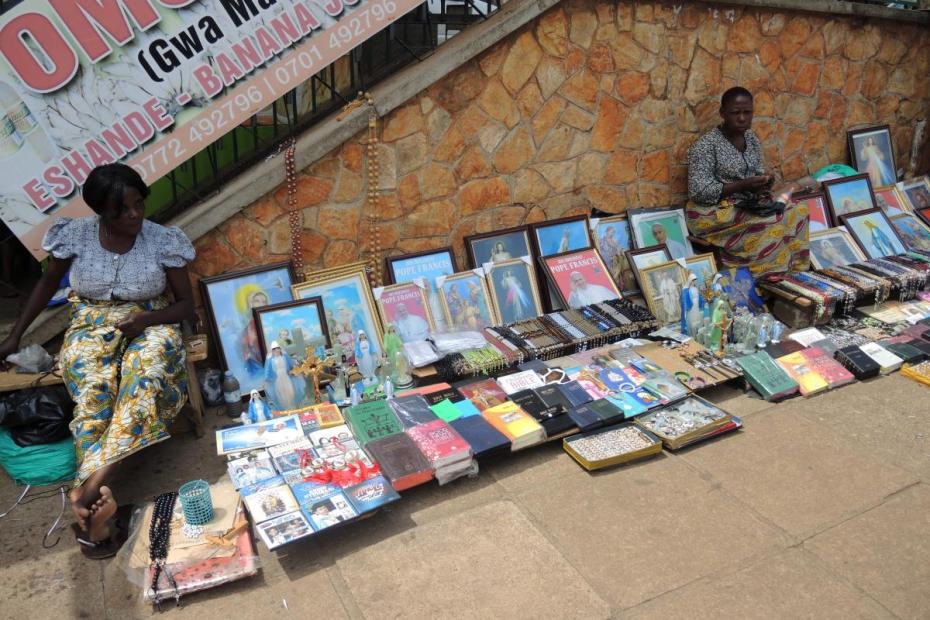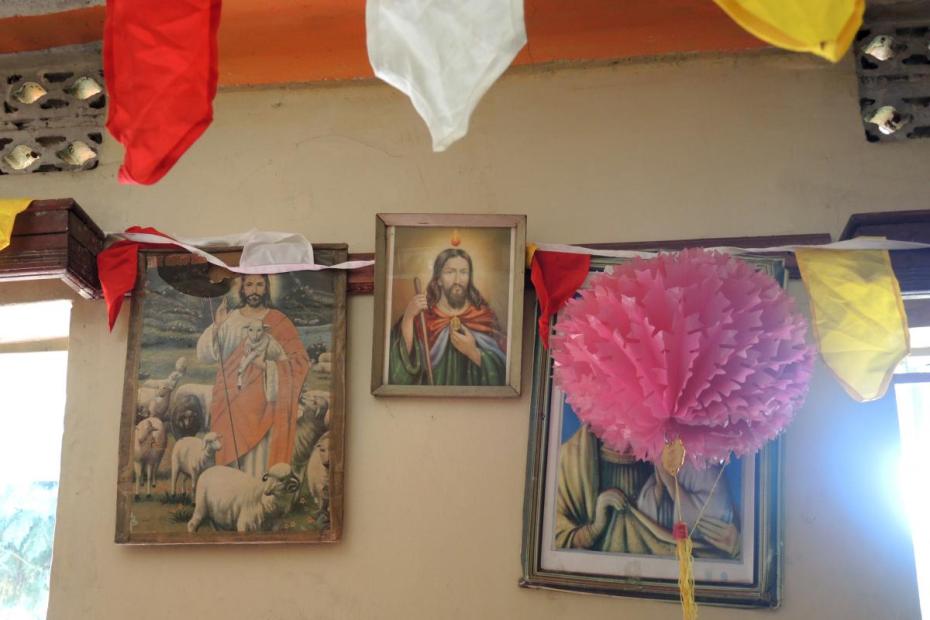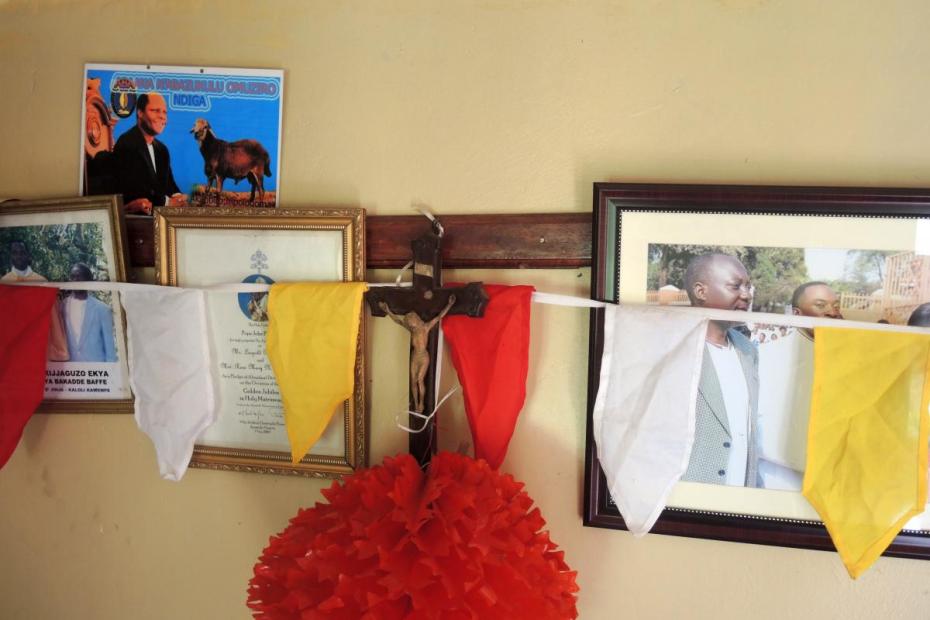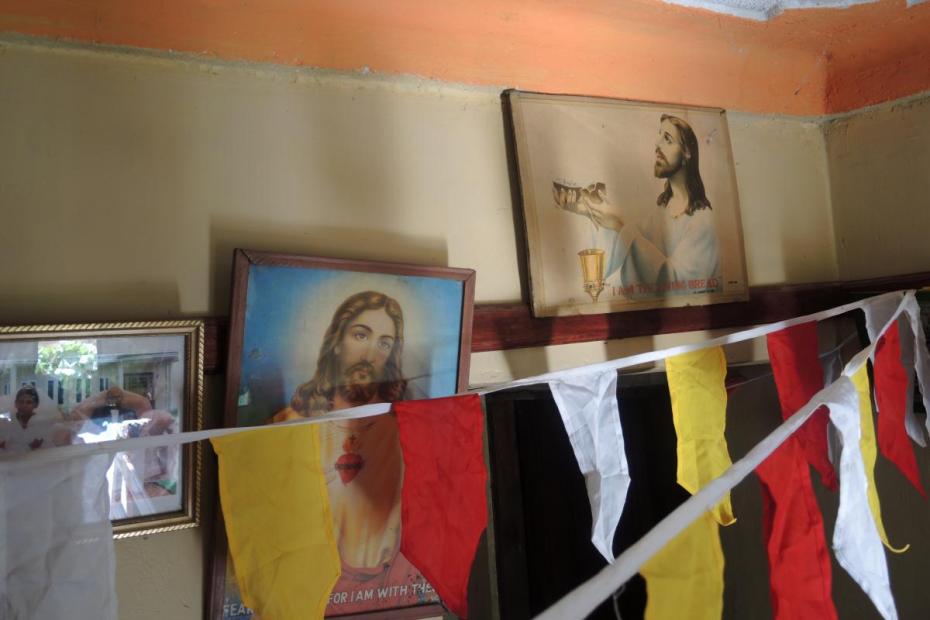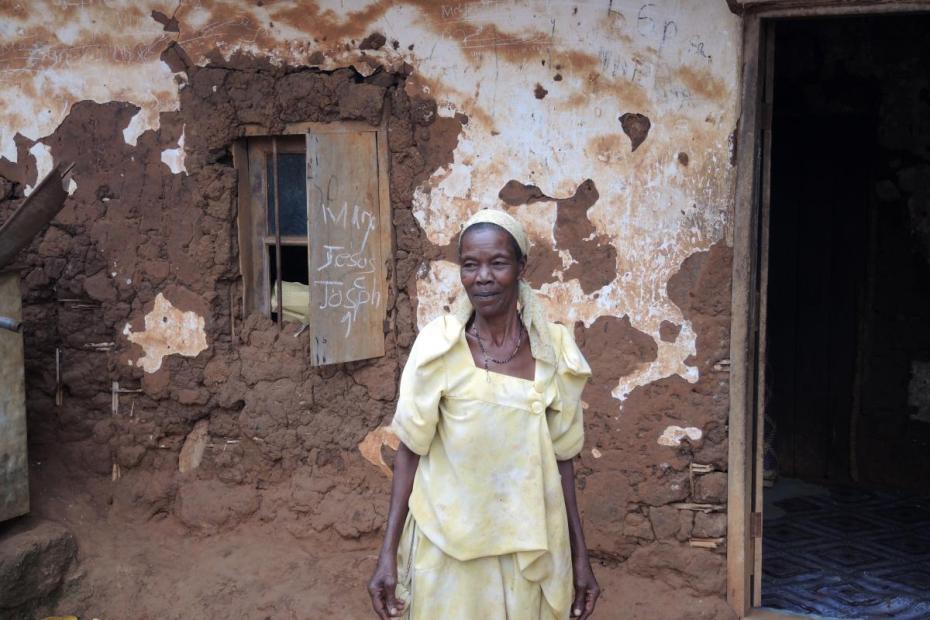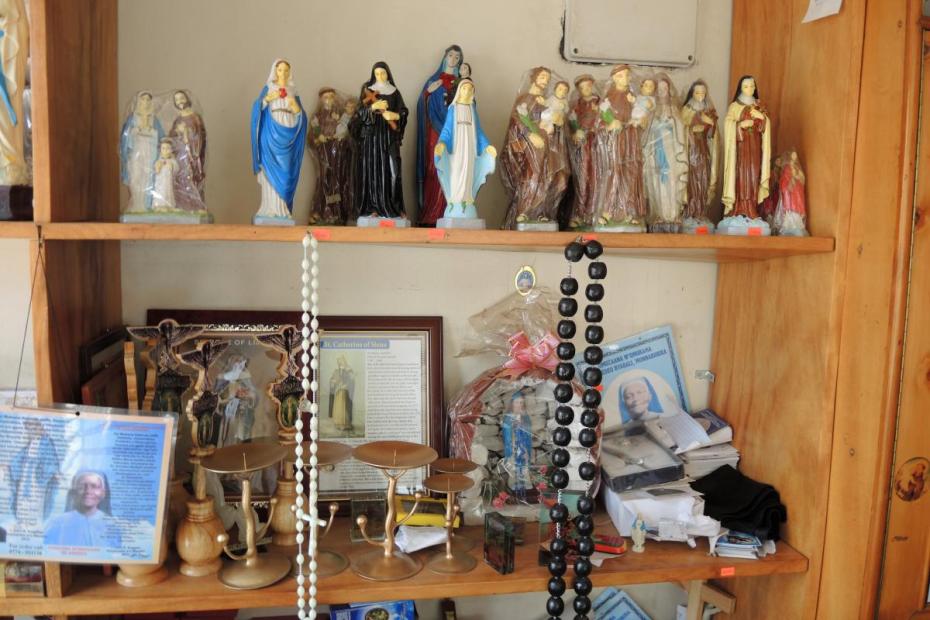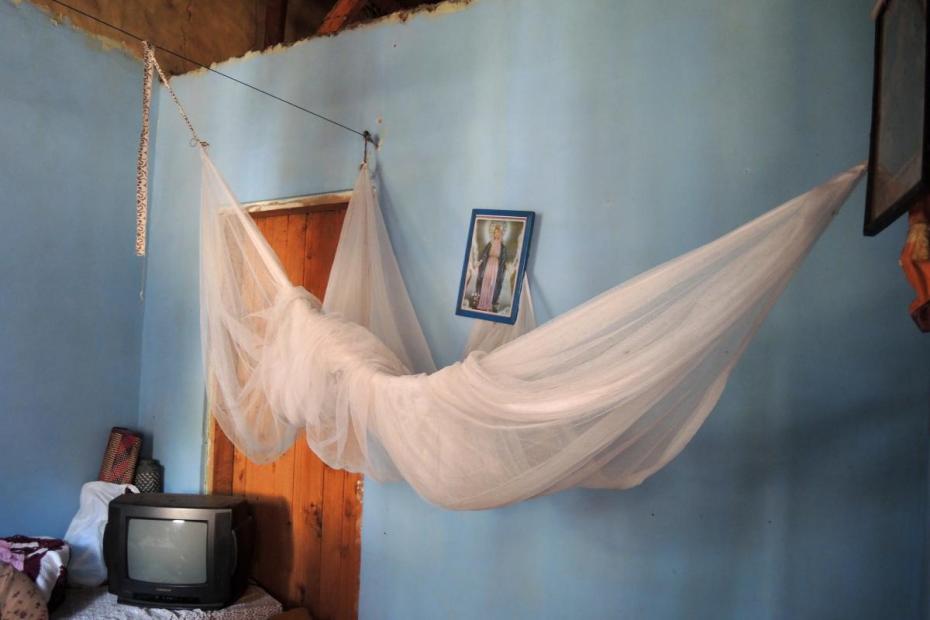Home is a traditionally important, even primary, place of worship for Baganda people.1 Each home had a shrine on its compound that was of special importance as a site of worship. Though condemned by Catholics, Anglicans and Pentecostalists alike, interviewees suggest that household shrines still exist in many neighborhoods, to neighbors’ consternation, because they are thought to deal with demonic forces.
Built on the foundation of traditional African and Catholic legacies, religious practice at home, and religious decoration of homes, is particularly important for Catholics in the area. In that sense, Ugandans clearly do not think of worship as something that happens solely in church on Sunday. One might not be able to tell a Catholic on the streets by way of seeing religious jewelry like a cross, though at church one often sees Catholics wearing rosary beads around their necks. A visit to the public areas of most Catholic homes, though, quickly makes religious identity clear. Religious images in homes often seem to be one of the primary forms of decoration, next to photos of loved ones. Whereas in some cultures religious images tend to be in private rooms or the kitchen, here they are notably visible in public rooms, the same spaces where Catholic families often pray together from scripture or a prayer book in the evening.
Religious objects are important for Ugandans, who report that devotional objects like rosaries, images, and statues are seen as means of protection against malevolent forces, which are all too real to Ugandans. Many even bring home holy water from church to drink, sprinkle on the house or in the garden, both for warding off evil spirits and for ensuring good health for the family.
- 1Baganda are people of the Kingdom of Buganda, the ancient kingdom that comprises present day Kampala. Research for the entries on Uganda in Catholics and Cultures focus on this region, though the people in Kampala now come from many of the ethnic groups of Uganda.
